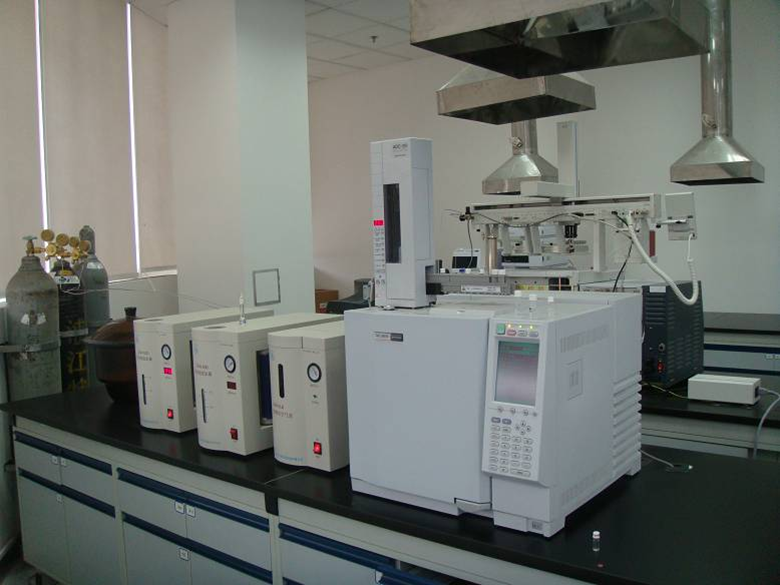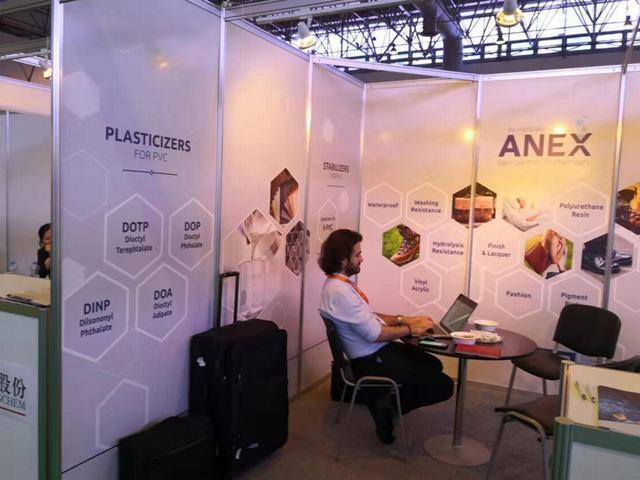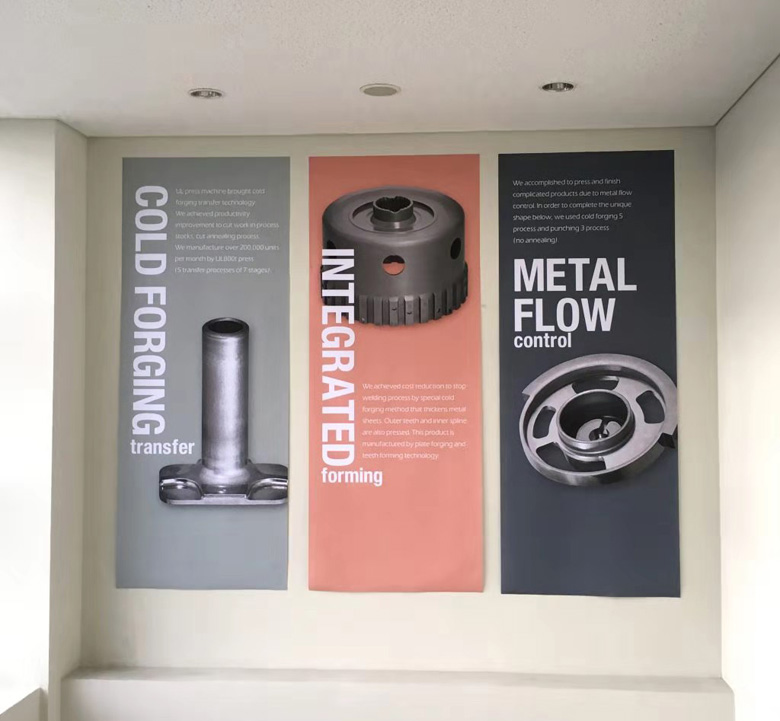Polyurethane delay catalysts are an extremely special class of polyurethane catalysts that provide the catalytic activity required for polyurethane maturation while extending the product life and providing more operating time for construction. Unlike inhibitors, polyurethane delay catalysts are relatively delayed rather than absolutely delayed, have low front-end activity compared to conventional catalysts, have comparable overall activity, and do not act to delay the reaction in systems where no catalyst is added.
Depending on the application, we classify delay catalysts into two main categories:

Delay catalysts for foams
Polyurethane foam contains polyurethane rigid foam, flexible foam, semi-rigid foam, self-crusting products, etc. The main reactions involved are foaming reaction, gel reaction, trimer reaction, etc. Therefore, the common catalysts for polyurethane foam are mainly divided into two kinds of delayed foaming catalysts and delayed gel catalysts.
Delayed gel catalysts mainly have the common delayed foaming catalyst is mainly GST-225, i.e. modified bis(dimethylaminoethyl) ether diol solution, which can delay the emulsion time and increase the pre-flow to accelerate the later maturation.
Delayed gel catalysts are mainly GST-8154 (modified triethylene diamine solution), GST-300 and so on. Especially GST-8154 is widely used in hard foam, soft foam, semi-hard foam, self-crusting, etc. It can also be found in some microporous elastomer formulations.

New delay catalysts, these products are different from the common catalysts in the market, a special type of delay catalyst developed by Gusto Chemical, the main products are GST-215 and so on. It has the characteristics of low foaming efficiency, good delay effect and strong gel effect, which can provide pre-fluidity and accelerate post-ripening to speed up the demoulding. It can be used in combination with most catalysts and can replace organotin in some formulations to increase the pre-fluidity without affecting the post-ripening.
Delayed catalyst for CASE
Compared with catalysts for foam, CASE requires catalysts with fast gelation speed, micro-foaming or even no foaming, etc. The common catalysts are GST-12 ((organic bismuth), phenylmercury acetate, etc. Therefore, the delayed catalyst for CASE should be comparable to tin catalysts in catalytic activity, and it is difficult to achieve the effect of mercury in foaming efficiency, and it should be as close as possible to the effect of dibutyltin dilaurate.
At the same time, CASE application area is different from foam production, the raw material and process used are complicated, the choice of polyether polyester type, different isocyanate, as well as the temperature and the sequence of synthesis steps will bring a lot of differences in the results. Therefore, the choice of delayed catalyst for CASE products cannot be generalized and needs to be determined by many factors.

Considerations in polyurethane rigid foam casting and molding
The catalyst for casting foam molding is mainly amine catalyst, delayed amine catalyst can be used to extend the emulsion time to meet the filling requirements of the mold, this type of catalyst can improve the fluidity of the raw material system, but does not affect its curing properties, the isocyanate index is slightly greater than 100.
Such as 105 pouring foam molding process, raw material temperature and ambient temperature directly affect the quality of foam products. Ambient temperature of 20-30 ℃ is appropriate, the raw material temperature can be controlled at 20-30 ℃ or a little higher. The temperature is too high or too low is not easy to get high quality products, for ships, vehicles and other large products on-site injection molding, it is difficult to control the ambient temperature, then you can control the raw material temperature and adjust the amount of catalyst.
The requirements for the mold are reasonable structure: easy to disassemble, light weight, resistant to certain pressure; and the inner surface should also have a good finish, and at the same time, according to the size and different shapes of the mold, multiple exhaust holes should be drilled at the right position.

The material of the mold is generally aluminum alloy: sometimes also use steel mold, the temperature of the mold directly affects the speed of the reaction heat transfer, the mold temperature is low, the foam multiplier is small, the product density is large, the skin is thick; mold temperature is high on the contrary. In order to make high-quality foam products, the mold temperature is generally controlled in the range of 40 ~ 50 ℃. Material temperature and mold temperature is low, the chemical reaction is slow, the foam curing time is long; high temperature, the curing time is short. When injecting foam into the mold, the mold should be put together with the product in a higher temperature environment before demolding to let the chemical reaction to be completely. If the mold is taken off too early, the curing is not sufficient and the foam will be deformed. The raw material species and the shape and size of the parts are different, the required maturation time and temperature are also different, generally the molded foam in the mold needs to be cured 10min before demolding. Due to the short mixing time, mixing efficiency is a factor that needs to be paid attention to, manual pouring foam, mixer should have enough power and speed. Mixing is uniform, foam hole fine and uniform, good quality; mixing is not good, foam hole coarse and uneven, and even in the local range of chemical composition does not meet the requirements of the formula, greatly affecting the quality of products.

